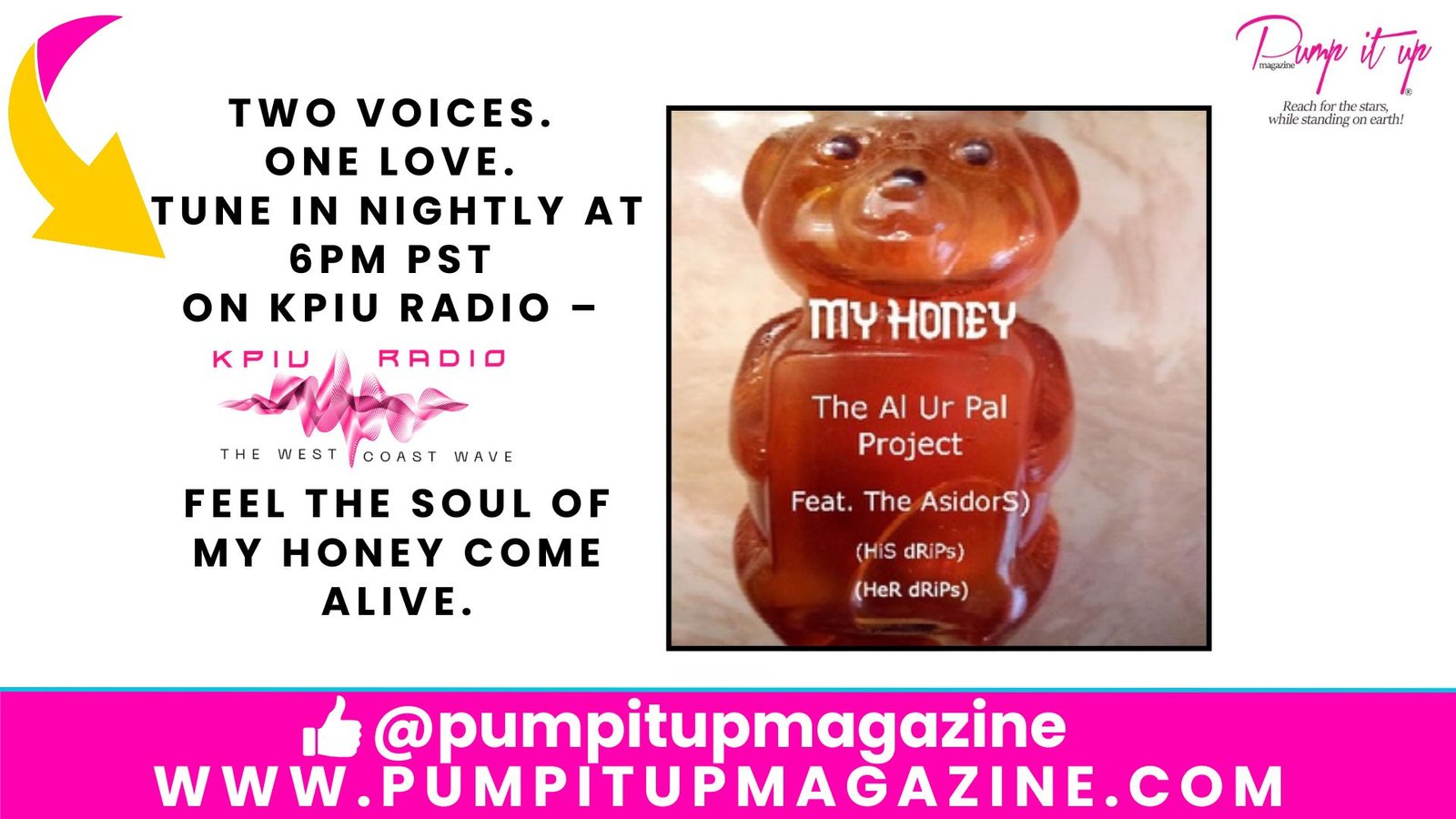Can a melody provide us with pleasure? Plato certainly thought so, as do many today. But it’s incredibly difficult to discern just how this comes to pass. Is it something about the flow and shape of a tune that encourages you to predict its direction and follow along? Or is it that the lyrics of a certain song describe a scene that reminds you of a joyful time? Perhaps the melody is so familiar that you’ve simply come to identify with it.
Critics have proposed variations on all of these ideas as explanatory mechanisms for musical pleasure, though there remains no critical consensus. The story of their attempts and difficulties forms one vital component of Western intellectual history, and its many misdirections are revealing to trace in their own right. In early modern Europe, theorists generally adopted a view inspired by Aristotle’s Poetics: they supposed that the tones of a melody could work together with a text in order to imitate the natural world. Music, in this view, was something of a live soundtrack to a multimedia representation. It could assist in an analogic way with the depiction of the natural sentiments or features of the world captured in the language of its poetry, thereby eliciting a pleasurable response. Determining specifically how this worked was, in fact, the elusive goal set out at the opening of René Descartes’s first complete treatise, the Compendium Musicae (written in 1618). Unfortunately, Descartes never made it past a simple elaboration of musical preliminaries. He felt that, in order to make the connection to pleasure and passion, he would need a more detailed account of the movements of the soul.
This didn’t discourage later thinkers from picking up where he left off. The idea of music as an imitative or mimetic medium eventually became a major component of 18th-century aesthetics. For some thinkers, music was naturally disposed to imitate the sounds of the emotions. ‘Just as the painter imitates the features and colours of nature,’ wrote the French author Jean-Baptiste Dubos in 1719, ‘so the musician imitates the tones, accents, sighs, inflections of the voice, and indeed all of those sounds with which nature exudes the sentiments and passions.’ Hearing these representations of the various passions was itself pleasurable.
So perhaps music can sound something like a passionate utterance, which might in turn be pleasurable to hear and enjoy. One can imagine a melody as a distant echo of something more primal – the direct expression of emotion in the form of a raw cry. The 18th-century philosopher Jean-Jacques Rousseau held a position similar to this. But this idea about melody supposes a more abstract relationship between musical tones and feeling, one that doesn’t yoke music to the specific meanings of a text.
Indeed, as the 18th century drew on, theorists became increasingly interested in the aesthetic power of musical sound as a matter independent of poetic expression. Could it be that there was something about the motions of musical tones that could capture the forms of the various passions? Could the shape of music imitate the shape of feeling? The theorist who became most associated with this view was Johann Mattheson (1681-1764), a Hamburg diplomat, lexicographer and musician. Mattheson proposed rough correspondences between musical materials and the passions: since joy is an expansion of our vitality, music that expresses joy should use expansive melodic leaps. Despair, on the other hand, would find its musical expression in drooping melodic lines. Faster tempos were for desire, while the slowest were for lamentation.
There is something that still rings true of Mattheson’s general idea. We do tend to associate some musical features with being uplifted and others with melancholic reflection, both of which might afford a certain subsequent pleasure to listeners. Just think of how we use music in our everyday lives: some tunes help us to work out or to get something done, while others allow us to cry. Unfortunately, Mattheson’s theory turns out to be incredibly difficult to implement in practice. For an example, consider the opening of one famous melody: the tune that begins the Fugue in C Major from J S Bach’s Well-Tempered Clavier Book I (1722). You can listen to it here (and watch a visualisation as you follow along). In just the first few seconds, we already have too much musical information to make any decisions about the passions depicted, at least according to Mattheson’s theory. The melody both crests and falls, expands and contracts. It’s impossible to say for certain which rubric of Mattheson’s we should be using. And, in any case, the formal features he singles out in his theory – tempo, melodic shape and so forth – are all part of a single musical tapestry in practice. How are we to account for their interactions?








